A tragic accident during a vacation in Germany did not derail Linda’s long and successful career in medicine but it did provide the fodder for a memoir rich in lessons of optimism and resilience.
Tell us a little about your background.
I was born in Berkeley, CA, 71 years ago and grew up in Redlands, CA as a care-free, fun-loving kid who loved the outdoors. My dad was a pathologist and my mom was a nurse, both of whom worked full-time while we were growing up. The oldest of three children, I loved hiking, camping, swimming, bike riding, playing the piano and pipe organ. At different times I thought I wanted to be a forest ranger, underwater archeologist (I don’t think that’s even a career), Olympic swimmer, and teacher. As a biology major in college, I was poised to go many different directions. Midway through I realized that medicine was probably a good fit for me so in the spring of 1973 I entered medical school at Loma Linda University, School of Medicine. In the big scheme of things, that was probably the luckiest thing that happened to me because it’s where my husband, Dave Hodgens, and I met and fell in love.
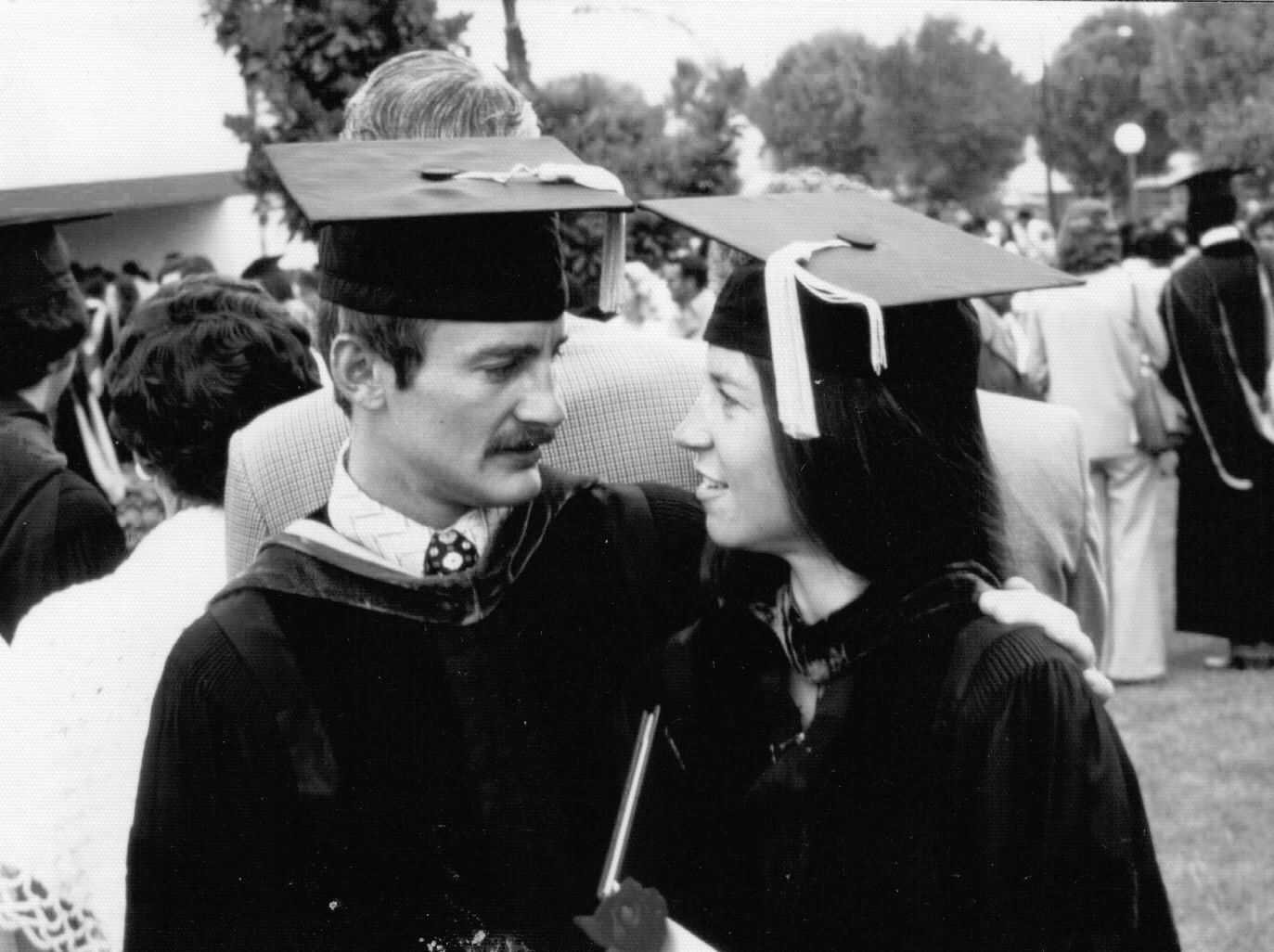
Graduation from Loma Linda University School of Medicine, Class of 1976-A
Three years after finishing medical school, and nine months before I would’ve finished my radiology residency, Dave and I had our lives turned upside down when the van we were riding in was hit by a train in Berchtesgaden, Germany and I lost both my legs above the knee and my right arm. I took a medical leave of absence for one year and learned how to walk with prostheses, figured out how to do things with my non-dominant left hand, and made sure I could do all the activities of daily living. I was ecstatic when I moved back to Los Angeles and lived independently again while I finished the last nine months of my residency and gave birth to our first child.
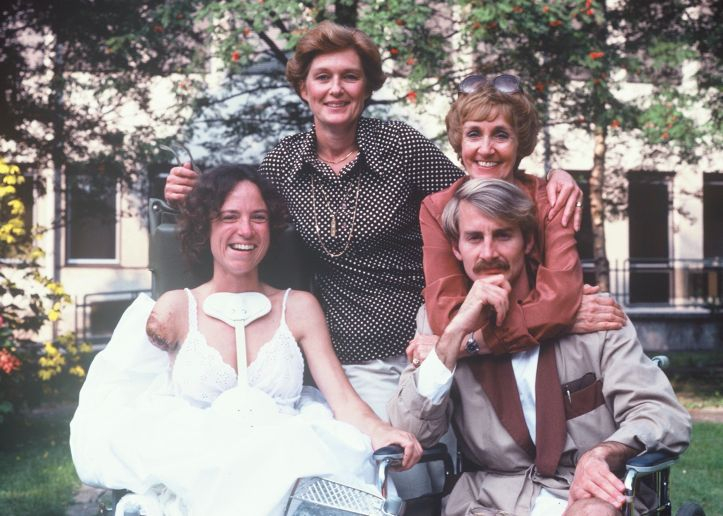
Linda and Dave a few days after the accident sitting in the garden of the Unfallkrankenhaus (trauma hospital) in Salzburg, Austria. Adrian Johnston behind Linda and Dave’s mother, Donna, standing behind him.
In 1981, I joined the faculty of the Radiology Department at University of California, San Diego and worked there for thirty years. I was the Director of Breast Imaging for twenty of those years. I loved teaching and received several teaching awards from medical students and residents, including the prestigious Academic Senate Distinguished Teaching Award, University of California, San Diego, in 1996. I retired as an Emeritus Professor of Radiology at UC San Diego in 2011.
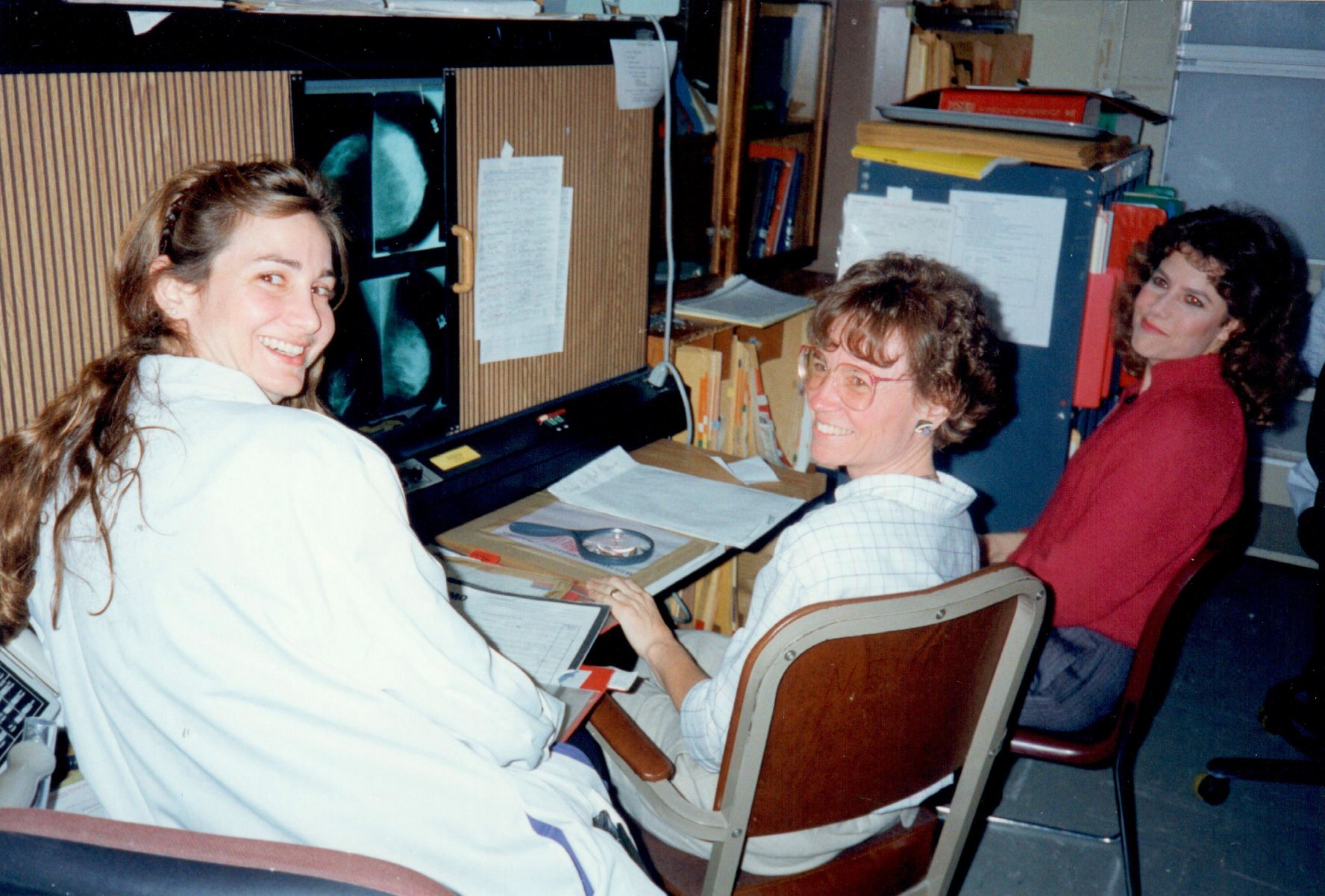
Linda teaching at the breast imaging alternator with Mariana Ysrael, M.D. and Jill Westercamp, M.D.
When did you start to think about making a change?
I retired at age 62 after 30 years as a radiologist at University of California San Diego School of Medicine. It was a little younger than most people retire but having been a triple amputee since I was 29 years old, my husband and I felt we should retire when we still had the physical ability to travel and participate in our granddaughter’s life. Retirement meant the end of the scripted part of my life, i.e. school, job, family. I’ve always believed that the second half, the unscripted half, may be the trickiest part of life because there is no one telling you what to do and you have no one to blame but yourself if you are unhappy.
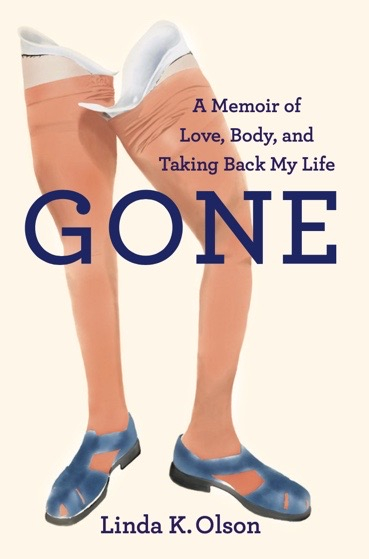
What is your next act?
I am the author of Gone: A Memoir of Love, Body, and Taking Back My Life.
While vacationing in Germany, a train hit our van in an accident that shattered both our lives—and my body. This book is the story of what happens when you really stay by each other through the worst life can hit you with. It’s the story of my husband’s legs and my spirit. It tells how I learned to walk with prostheses, figured out how to do things with one hand, went back to live on my own a year after the accident, and gave birth to our daughter.
It’s the story of our decision to hide, for thirty-five years, the secret about what really happened on the train tracks the day I lost my right arm and both of my legs. It’s a story of how we didn’t let anything stop us: personally or professionally. It shows how, even when life deals you one hell of a hand, you can pursue your dream career, become parents against the odds, and travel the world. It’s about how to find not only courage but laughter in the unexpected challenges we all face in some form or another.
This story is about how we went from an overwhelming tragedy to living a married life of purpose passion and more than our share of adventure.
I guess my life can be seen in several acts, only one of which I chose. The first scene change came at age twenty-nine, when I lost both legs above the knee and my right arm in a train accident while vacationing in Germany. After a year of rehabilitation, I returned to living independently in Los Angeles, finished my diagnostic radiology residency and had our first child. For the next thirty years, I kept shrugging off everyone who said, “you should write a book,” by saying, “No, I’m too busy raising a family and having a career.” Plus, I truly believed that I had nothing to say, because we had a pretty normal life.
My second act began when I retired from UCSD. About that time, our adult daughter wrote a story about growing up with a disabled mom. It was so moving that it finally pushed me to sit down and start writing. Her story is now the prologue to my book. The book writing act took about eight years.

I write in lots of different places. This is my “official “ office.
How hard was it to take the plunge?
I waited until I’d retired to start writing. I don’t think I could have done it while I was working. I stuck my toes in the water for a while by just taking online memoir classes. Since I’d dictated thousands of radiology reports during my career, I didn’t think it would be too hard to start writing creatively. Boy, was I wrong! A good radiology report is terse and to-the-point and might look like this: “A PA and lateral chest x-ray is compared to 6-12-2008. There has been no change. Impression: Normal chest x-ray.”
Learning to describe things and setting the scene were very hard because every time I looked at a sentence or paragraph my mind kept yelling at me that it was too wordy and it needed to be more concise and to the point. The other thing that I struggled with was learning to show emotion. Since I’m a very upbeat person, my first drafts always had a happy-go-lucky sound with lots of humor. Every week, as my writing partners dragged emotions out of me, I’d scribble them in the margins of my story and hurry home to incorporate them into the next draft. I will be forever grateful to all of them. After a couple of years, I finally told a few friends I was going to write a book, figuring that once I said it out loud, I’d be forced to do it.
The COVID pandemic is creating an additional and unforeseen challenge for me as a soon-to-be published author and as a public speaker because in-person gatherings are not permitted. Having said that, I think the emergence of virtual meetings may be a huge silver lining. It seems to me that more people are joining online bookstore events than used to get in their car and drive there in the evening.
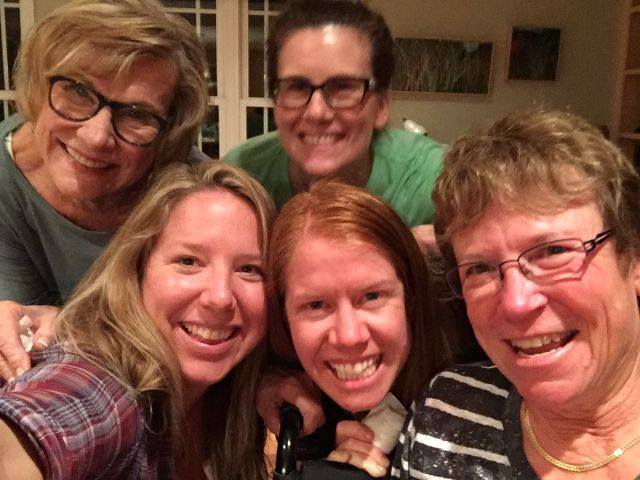
Writing Group Back row: Marilyn Woods, Jeniffer Thompson. Front row: Kat Alexander, Elizabeth Vaughn, Linda Olson.
How supportive were your family and friends?
Everyone encouraged me to write the book. Those who were closest to us at the time of the accident helped me by verifying facts and reminding me of stories they thought I should include. In particular, my husband read and re-read everything, reminiscing with laughter, but even more often with tears, as I wrote. He ended up writing four pieces for the book which add more powerful emotions than I could ever write. Our adult children’s voices are also in the book as the prologue and epilogue. The prologue was written by our daughter for a writing class when she was thirty years old and the epilogue is excerpted from our son’s personal statement for his medical school application. I think they are eloquent pieces that are proof that it’s ok to have a family if one parent is severely disabled.
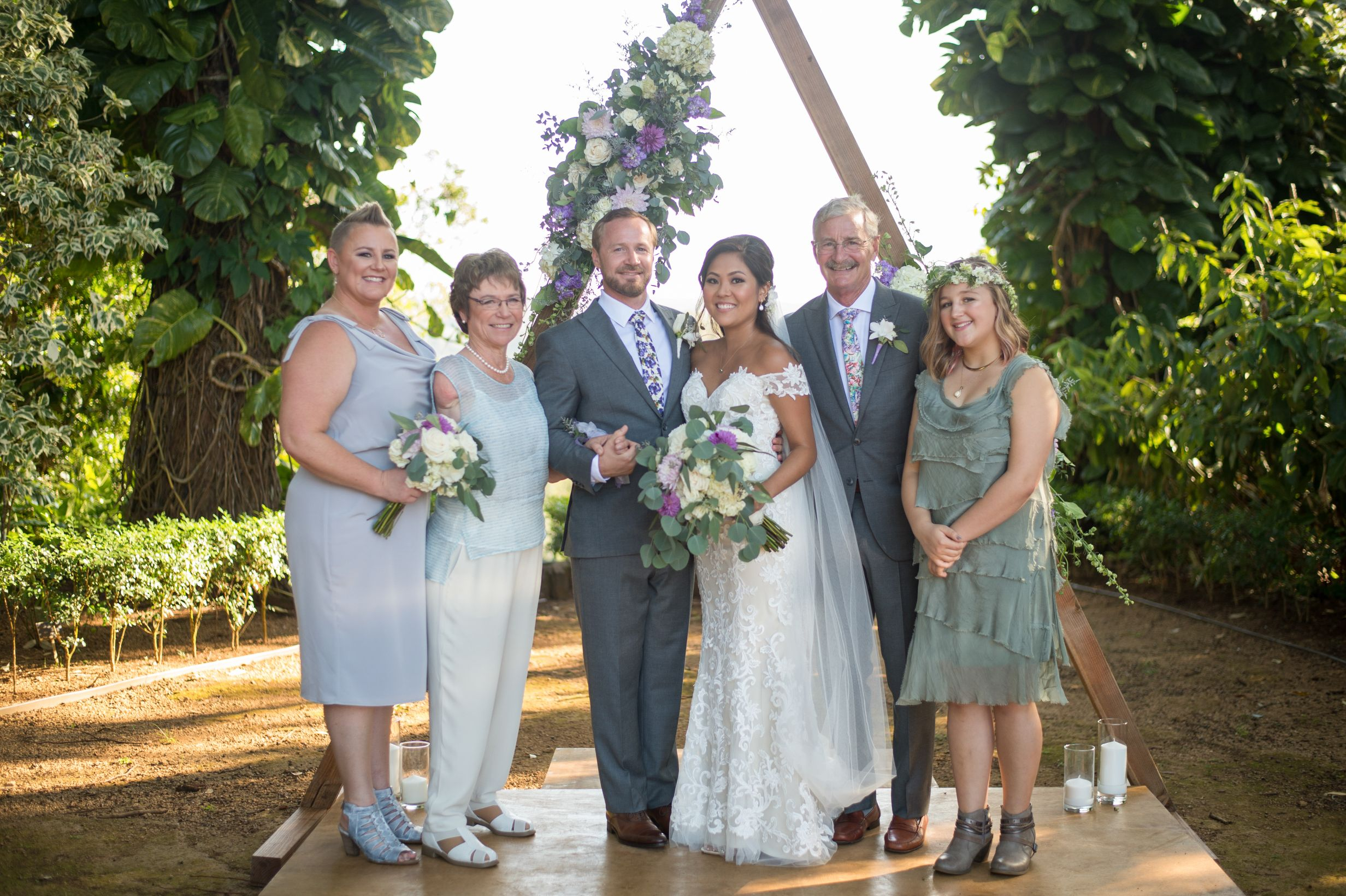
October 26, 2019: Our son’s wedding: Left to right—Tiffany, Linda, Brian, Marissa Yoshida, Dave, Sierra Johnson, (Tiffany’s daughter)
What did you learn about yourself through this process?
Even though I have a lot of self-confidence and am a good teacher and speaker, I have always preferred staying out of the limelight. Looking back at my life as a disabled person, at our family, and at my successful career as a physician, I think I’m now more prepared to put myself out there and share my story in order to encourage others to get out and go and take on challenges.
I’ve always been a very black-and-white person. This is a good character trait for physicians—but not a good attribute for a writer. Writing forced me to dig down and find my emotions and then put them out there for others to see and experience. As a person with Parkinson’s Disease, a neurodegenerative disease which has no cure, I’m also learning to look at ideas for treatments that are not in mainstream medicine. Ten years ago, I’d have poo-poo’d the idea of doing yoga or breathing exercises. Now, even though I may roll my eyes, I’m willing to try more alternative therapies.
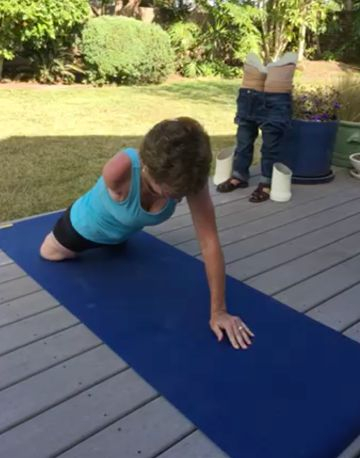
Doing one-hand pushups.
Looking back, is there anything you’d have done differently?
Writing my story would have been easier and more accurate if I’d journaled along the way. Having said that, I do not like journaling, so I’m pretty sure that even with hindsight, I wouldn’t do it. My husband knew me well enough to know that and gave me the push I needed to keep a minimalist record. That was nothing more than writing two or three words or short phrases on a wall calendar.
What advice do you have for women seeking reinvention in midlife?
Don’t waste any time. You have no control over Father Time and the diseases or mishaps that may come from out of nowhere. If you are hit by a disease or other significant change in life, don’t waste your energy on being angry or vengeful. Learn to accept the change, adapt your life where necessary, and take the time to innovate or create new ways to do things. Look at the things in your life and see what you can do to give back to others.
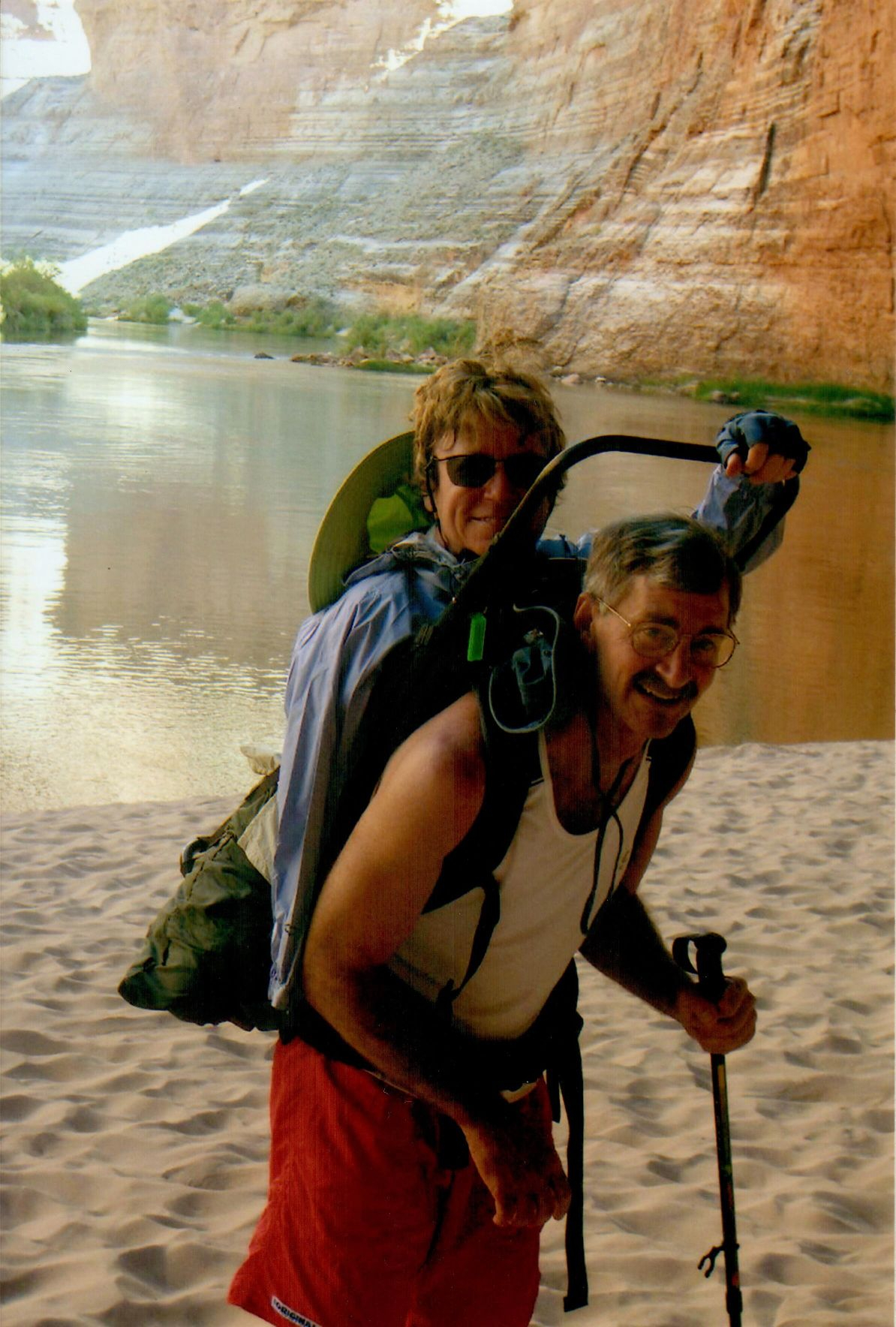
Dave carrying me in backpack during 7-day river rafting trip in Grand Canyon.
What advice do you have for other would-be writers?
If you’ve never done any creative writing, find a person or group of people to guide and support you as you learn how to do it. Not only will they teach you, they will provide support when you are discouraged, and a spirit of competition that will prod you when you start lagging. Being critiqued by members of a writing group can be painful at times. Develop a thick skin so you don’t take the suggestions as a personal affront. Remember, they aren’t saying you are a bad person. They are just saying that your writing is bad. And if you have a group of good writers, they will help make your writing good.
What resources do you recommend to writers?
WRITING PROGRAMS
UCSD Creative Writing Courses
UCLA Creative Writing Courses
San Diego Writers Ink
Squaw Valley Writer’s Conference
WRITING BOOKS
The Message of You: Turn Your Life Story into a Money-Making Speaking Career by Judy Carter
The Art of the Personal Essay: An Anthology from the Classical Era to the Present by Phillip Lopate
The Art of Memoir by Mary Karr
The Truth of the Matter: Art and Craft in Creative Nonfiction by Dinty Moore
7 Essential Writing Tools That Will Absolutely Make Your Writing Better (and Enliven Your Soul) by Marni Freedman
On Writing Well: The Classic Guide to Writing Nonfiction by William Zinsser
MEMOIRS
On My Own Two Feet: From Losing My Legs to Learning the Dance of Life by Amy Purdy
No Turning Back: One Man’s Inspiring True Story of Courage, Determination, and Hope by Bryan Anderson
Strong at the Broken Places by Max Cleland
EXERCISE PROGRAMS
Caroline Jordan Fitness
ROGUE Physical Therapy and Wellness: Exercise programs for people with Parkinson’s Disease
PARKINSON’S BOOKS
Parkinson Pete’s Bookshelves: Reviews of Eighty-Nine Books About Parkinson’s Disease by Peter G. Beidler
Lucky Man: A Memoir by Michael J. Fox
Perseverance: The Seven Skills You Need to Survive, Thrive, and Accomplish More than You Ever Imagined by Tim Hague

Dave and me with my prosthetic legs (photo credit: Mark Frapwell)
Do you think you have another next act in your future?
Yes, my third act started about five years ago when I was diagnosed with Parkinson’s Disease (PD). Soon after my diagnosis, I was asked to speak at the 3rd World Parkinson Congress in Portland. People with PD may have tremor and difficulty using their hands, have impaired walking, and dyskinesias or abnormal movements. All of these make people look different and are often embarrassing enough that many people with PD elect to stay home and become reclusive. As a triple amputee I can relate to these situations.
I liberally illustrate my talks with pictures showing me butt-walking without my prosthetic legs on, wilderness camping, being carried in a pack on my husband’s back, being pushed in wheelbarrows in remote places, pulled on sleds and kayaking and canoeing for days on end in the wilderness. I was blown away afterwards by how people with PD and their caregivers related to seeing me live a “normal life.” With tears in their eyes, people stood in line to tell me “that if I can do it, they can do it.” I felt like the previous thirty years now had a purpose—showing people with PD that they can still get out and go, showing them how to laugh at their disabilities and encouraging them to accept, adapt, and innovate as they deal with this progressive neurologic process. I also take advantage of these speaking engagements to encourage Parkinson’s patients to create a routine exercise program to help alleviate PD symptoms.
The original reason I wrote my book was to show people they can have a wonderful life, have a family, a career and travel the world in spite of life-changing events. Being diagnosed with PD gave me a much more immediate audience. For the first time, I truly wanted to share our story and convince people they could and should “Get Out and Go.” This message resonates with everyone as they get older and so I am now also giving a lot of talks to organizations like the Rotary and Kiwanis Clubs. As a new Board member of the World Parkinson Coalition I will be actively involved in helping plan the 6th World Parkinson Congress June 2022 in Barcelona, Spain.
Connect with Linda K. Olson:
Contact: https://lindakolson.com/contact/
Website: www.lindakolson.com
Book: Gone: A Memoir of Love, Body, and Taking Back My Life
Facebook page: https://www.facebook.com/search/top?q=linda%20k%20olson
Instagram: https://www.instagram.com/lindakolson/
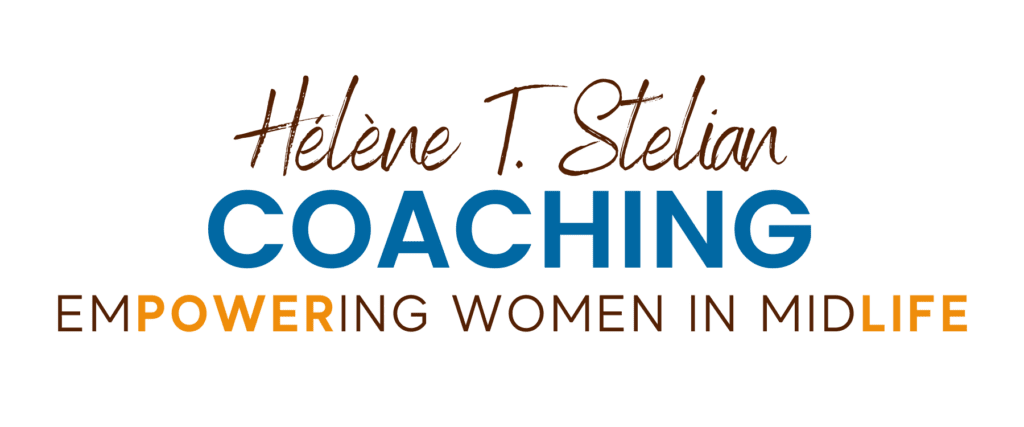
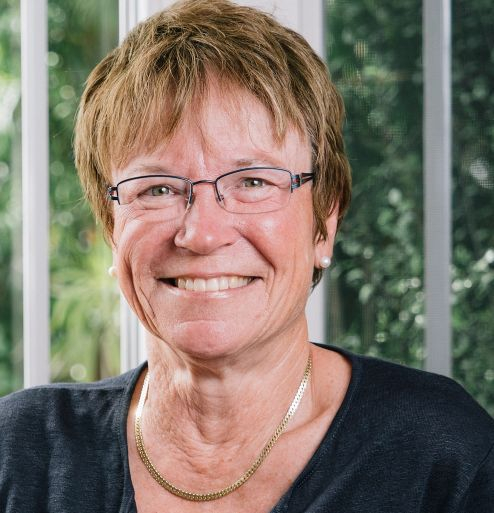
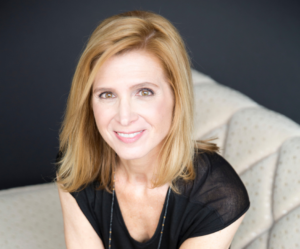
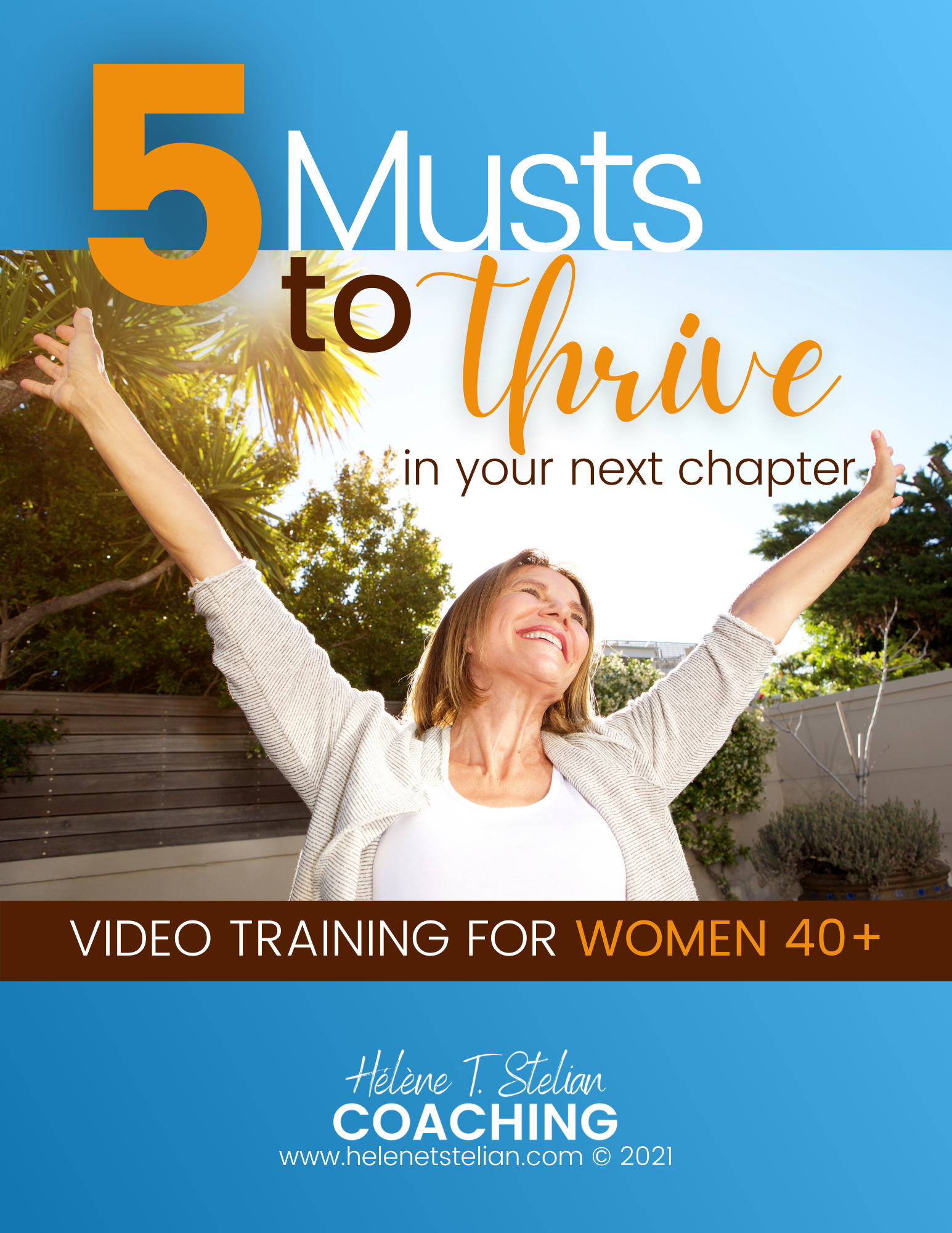



I am recovering from a lt. hip replacement I had 3 months ago and I’m still unable to do the things I can’t do now like grocery shopping, going to the bank, etc. Reading this made me realize that physical therapy that I had refused when I came home might help me heal & enable me to do the things that would restore my strength and ability to restore my life as I once knew it. Thank you
So glad this was helpful to you and thanks for commenting. I hope you can get the care you need now to heal fully.